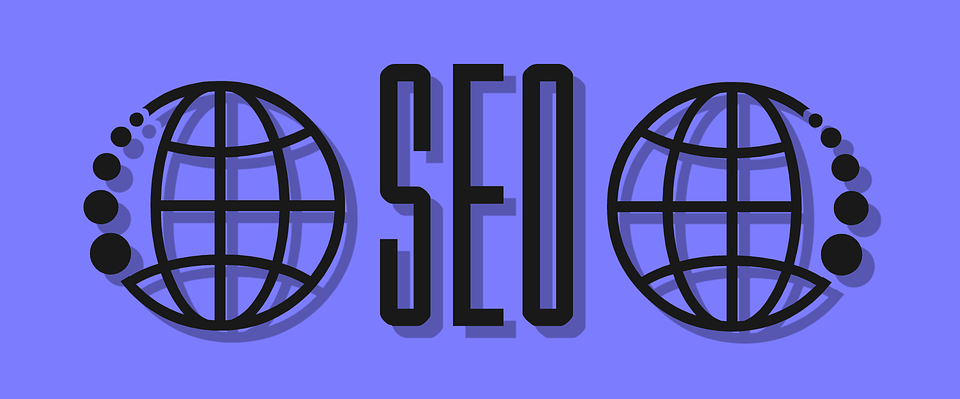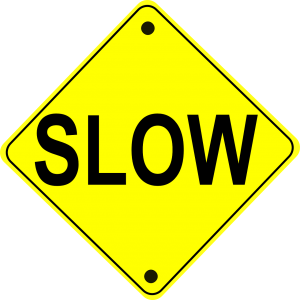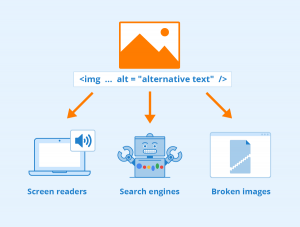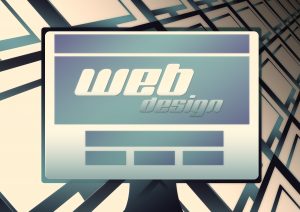Common Mistakes in SEO Web Design and Hosting Practices

Taking care of your own SEO web design and hosting needs might not be as easy as you think. However, it is also possible to do. As a website owner or designer.
You Should Try To Avoid These Common Mistakes That Other Web Developers Commit:
1. Use Of Splash Pages
 A splash page is a big banner or image that visitors meet when they visit the home page of a website. Instead of taking the visitor directly to the home page, a short flash presentation appears. This flash animation either asks the visitor to click on a photo, a small “Click Here” link, or fill out a form, before he is directed to his desired page.
A splash page is a big banner or image that visitors meet when they visit the home page of a website. Instead of taking the visitor directly to the home page, a short flash presentation appears. This flash animation either asks the visitor to click on a photo, a small “Click Here” link, or fill out a form, before he is directed to his desired page.
This poses the chance of turning off possible visitors, especially those who do not want to fill up forms. Flash pages are also problematic because search engine spiders (or crawlers) do not read images or flash animations. They do not answer forms, too. This means that they will automatically disregard the flash objects in the splash page, and just move on to another website.
“Good SEO Web Design And Hosting Practices dictate that web designers avoid splash pages altogether, and lead visitors directly to the home page instead”.
2. Flash Menus
Similar to the problem with splash pages, flash menus cannot be read by search engine crawlers. This is because crawlers cannot read flash images and presentations, not even the text or links embedded in them. Using flash menus is not advisable because it defeats the purpose of placing important keywords in the menu since search engines cannot read them anyway.
3. Slow Site Speed
 Another SEO web design and hosting practice that is important is looking into the speed of the website. Slow site speed can be caused by poor performance by the host service provider (which usually happens with shared web hosting services), or by the designer overloading the pages with too many images and videos, which causes the server to exert more effort to load the necessary visuals.
Another SEO web design and hosting practice that is important is looking into the speed of the website. Slow site speed can be caused by poor performance by the host service provider (which usually happens with shared web hosting services), or by the designer overloading the pages with too many images and videos, which causes the server to exert more effort to load the necessary visuals.
It is best to keep the design simple and easy to navigate if it will decrease the loading time of pages. This is important because search engines, especially Google, have verified that a site’s speed affects search visibility.
4. Empty Alt Text
 Images are essential to increase traffic on a webpage. People be more interested in an article if it has supplementary visuals to distract them from long blocks of text paragraphs.
Images are essential to increase traffic on a webpage. People be more interested in an article if it has supplementary visuals to distract them from long blocks of text paragraphs.
But because search engine crawlers cannot read images, it is necessary to provide entries that are rich in keywords in the alt text of the images. Some designers make the mistake of leaving the alt text section empty and miss on the additional traffic and search engine ranking it provides.
5. Careless Web Redesign
 As a follower of good SEO web design and hosting practices, you should make sure that you keep the pages and links that perform well when you redesign your site. A lot of developers make the mistake of deleting the cause of the website’s high traffic when they redesign the whole site.
As a follower of good SEO web design and hosting practices, you should make sure that you keep the pages and links that perform well when you redesign your site. A lot of developers make the mistake of deleting the cause of the website’s high traffic when they redesign the whole site.
Those not familiar with SEO techniques will not bother with things like PageRank, Domain Authority, and other factors that may have been affecting a site’s Good Ranking in Search Engine Results.
Before you touch anything, make sure you know what each page contributes to the overall domain rank of your site. Avoid shutting down your site completely and announcing that it is under reconstruction, but opt to keep the site open and just temporarily lock the pages that need revision or updating. This way, you can still keep traffic flowing in some of your pages, in contrast to completely cutting off all traffic to your site.
As pointed out, tasks related to web design and hosting are far from effortless. However, by being aware of those common mistakes and doing your best to avoid them, you’ll minimize the difficulties and hassles of such endeavors.
